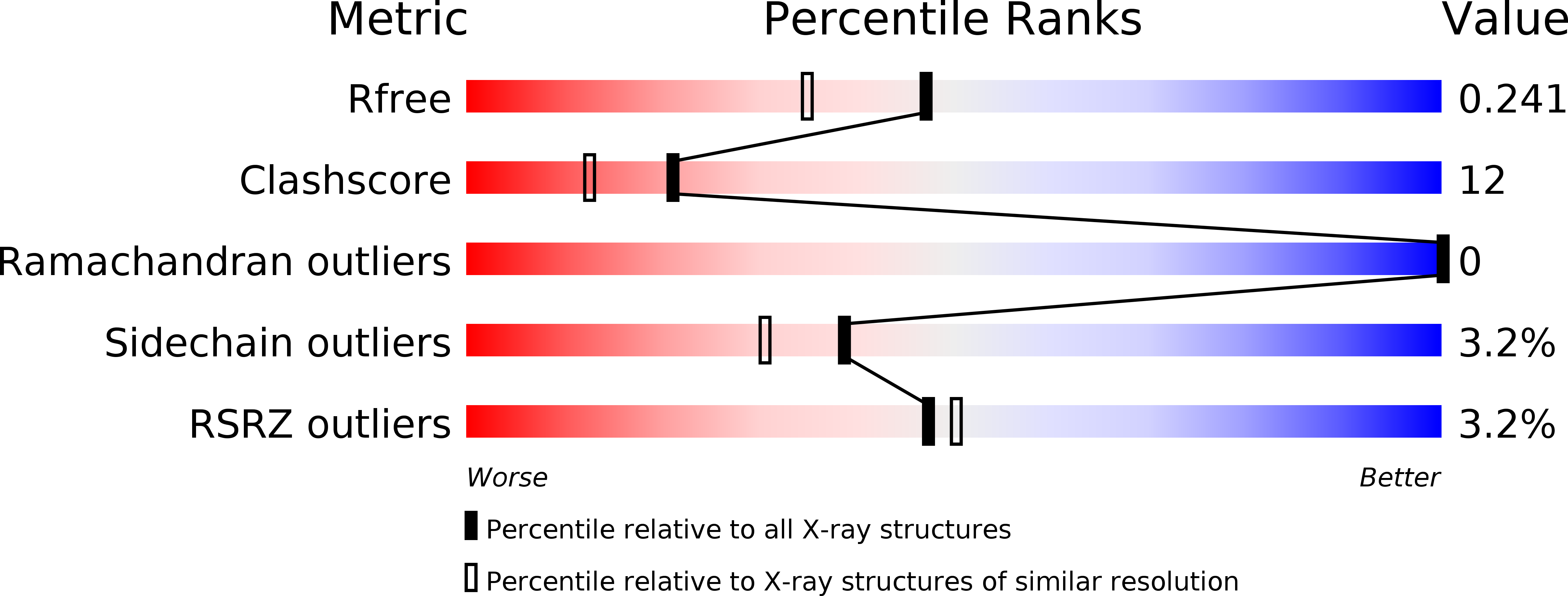
Deposition Date
2006-05-30
Release Date
2007-06-05
Last Version Date
2024-11-20
Entry Detail
PDB ID:
2H61
Keywords:
Title:
X-ray structure of human Ca2+-loaded S100B
Biological Source:
Source Organism:
Homo sapiens (Taxon ID: 9606)
Host Organism:
Method Details:
Experimental Method:
Resolution:
1.90 Å
R-Value Free:
0.24
R-Value Work:
0.17
Space Group:
P 1 21 1


